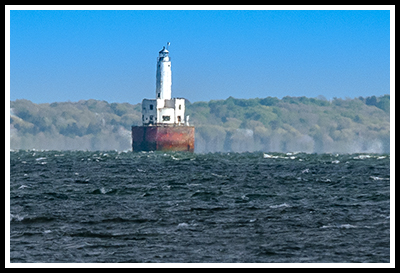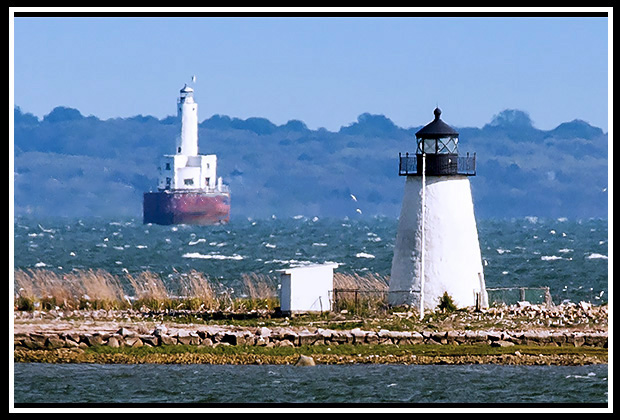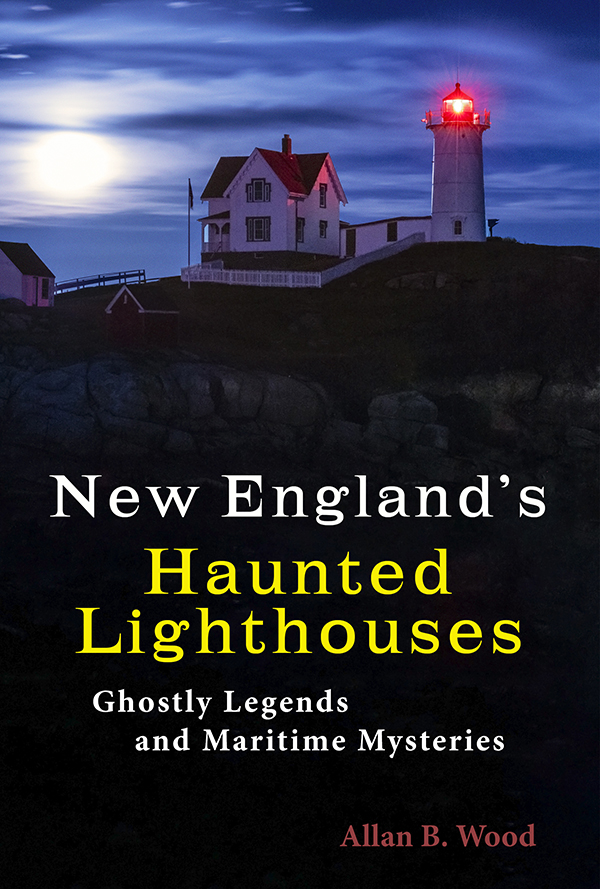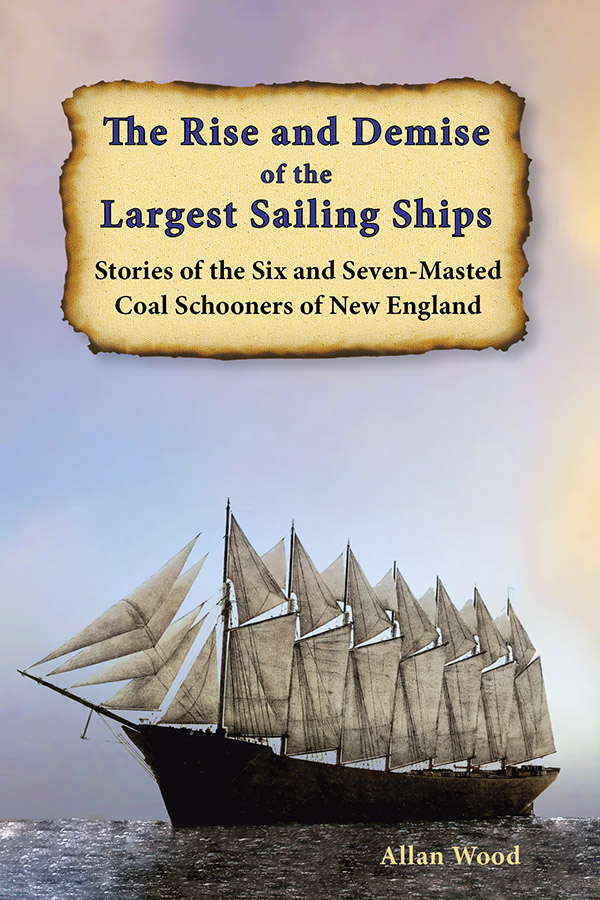Cleveland East Ledge Lighthouse

Bourne, Massachusetts
Built in 1943
Location:
Eight miles south of the Cape Cod Canal entrance.
Latitude: 41° 37' 51" N
Longitude: 70° 41' 39" W
Historic Stories:
Cleveland Ledge Lighthouse is one of the newest added in lighthouse service, and the most recent added in Massachusetts. Construction began on the 74 foot tower in 1940, but was not completed until 1943, due to preoccupation with the WWII efforts. The lighthouse was named after President Grover Cleveland, who would come to fish and vacation in Bourne.
Shortly after the lighthouse was built, in 1944, the light’s structure was put to the test when it survived the hurricane of 1944 with nine crew members inside. With the crewmen constantly bailing out rushing water into the engine room, the water rose to within inches of the critical batteries, but the crew were able to keep the level from rising any higher, saving the station. Luckily, all nine survived without serious injuries.
Jim Walker and his crew were stationed at the lighthouse in April of 1963. One day the crew received a call from the Corps of Engineers warning that a nuclear submarine was headed directly toward them and they were having trouble contacting the vessel. The crew scurried out to the rail and could see the red and green lights of the submarine coming towards the tower. Just before reaching the lighthouse, the submarine turned, leaving the crew relieved, but a bit shaken.
Places to Visit
Bourne lies at the “gateway” to Cape Cod along the Cape Cod Canal with parks outlining the canal shores for nice quiet views. The Cape Cod Canal railroad bridge itself is quite a spectacle as a vertical lift bridge, and the view from the Cape Cod Canal Bridge takes you over 135 feet above the canal.
| In Bourne, there are plenty of beaches to enjoy and sometimes may avoid the crowds. | 
|
Monument Beach is a popular destination and is located just before the entrance to the Cape Cod Canal. It’s a good-sized quiet beach, is very popular with local windsurfers, and has a docking area for boaters. Visitors can also enjoy the Concerts in the Park series over the summer, and famous Scallop Festival in September.
For those who like large beaches and the crowds, Gray Gables Beach in Bourne will keep you interested. Basketball net provided for anxious teenagers. For those you want to really relax, tiny Queen Swell Beach has clean white sand, roped off swimming area, and an area for fishing, and is great spot for "quiet" activities.
Contact Info:
Directions for Distant Views:
From the rotary at the Bourne Bridge, take Route 28 South, then bear right onto Route 28A. Take a right onto Wing Road and then take a left on Quaker Road and follow to Old Silver beach where you can a distant view of the lighthouse. There are no tours that leave out to visit the lighthouse, but charters may be available.
| Visitors with a long camera lens can also get a view of Cleveland Ledge light behind Bird Island light along the road on the way to the Kitansett Golf Course. |  |
Books to Explore
New England's Haunted Lighthouses: 
Available in paperback. |
Discover the historical mysteries surrounding the haunted lighthouses of New England! This image-rich book features ghostly tales of devoted keepers who refuse to leave, ghost ships, shipwreck victims, and restless spirits searching for peace. These narratives offer a glimpse into the past, intertwining factual events and history with maritime legends, myths, and lore. Immerse yourself in the spectral stories associated with these iconic beacons! |
Lighthouses and Coastal Attractions of Southern New England: Connecticut, Rhode Island, and Massachusetts This book provides special human interest stories from each of the 92 lighthouses in southern New England, along with plenty of indoor and outdoor coastal attractions and tours. Look inside! |
|

Available in paperback, hardcover, and as an eBook for all devices. |
The Rise and Demise of the Largest Sailing Ships: In the early 1900s, New England shipbuilders constructed the world’s largest sailing ships amid social and political reforms. These giants of sail were built to carry massive quantities of coal and building supplies and measured longer than a football field! These true stories include competitions, accidents, battling destructive storms, acts of heroism, and their final voyages. |

